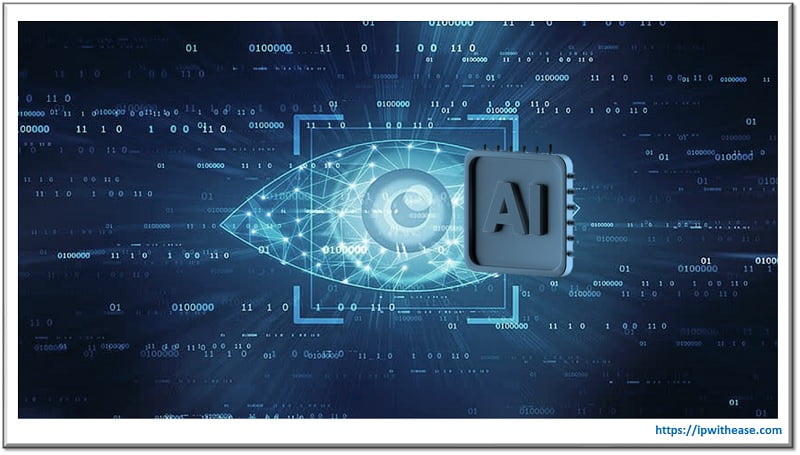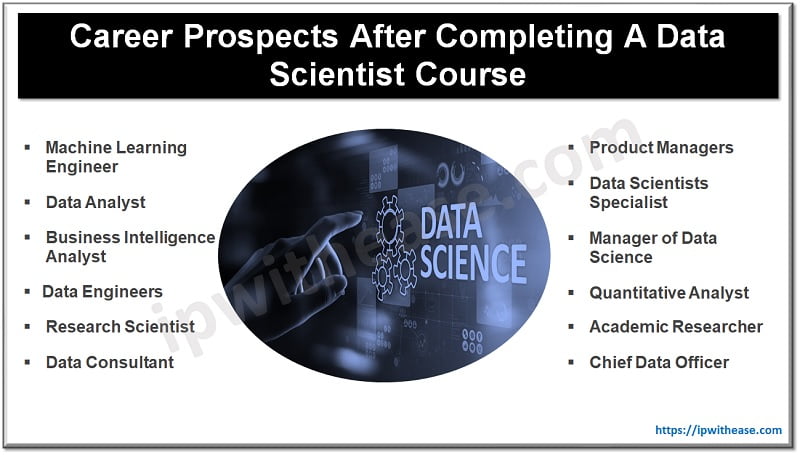Have you ever wondered how your smartphone camera can recognize your face? Or how certain apps can identify objects just by looking at them? This incredible tech magic is all thanks to a field called computer vision. But what is behind this technology magic? Let’s dive deeper.

What is Computer Vision?
In simple terms, computer vision is a type of artificial intelligence (AI) that helps machines ‘see’ and ‘understand’ images and videos, much like human vision. It’s all about teaching computers to interpret and make decisions based on visual data. The ultimate goal? Creating machines that can mimic the complex nuances of human vision.
Eren Niazi, a leading expert in the tech world, likens computer vision to giving computers a pair of eyes. It’s not just about capturing an image; it’s about understanding it. Think of it as a bridge between the digital world of machines and the real world we live in.
How Does It Work?
Think of how our eyes function. We see something, our brain processes the image, and then we recognize what we’re looking at. For computers, the process is somewhat similar but done using algorithms and codes.
- Capture: The first step is to capture an image or video using a camera. This is similar to how our eyes take in visual information.
- Processing: Next, the computer processes this visual data. It breaks down the image into pixels and then interprets the patterns. By analyzing these patterns, the computer gets a clearer picture.
- Recognition: Once processed, the computer uses algorithms to recognize patterns and objects within the visual data. Over time, with more data, the computer gets better at this recognition process.
Why is Computer Vision Important?
In our modern world, the applications of computer vision are growing rapidly. From healthcare to entertainment to security, the uses are endless. For instance, it’s the backbone of facial recognition technology in many of our devices.
One of the most significant advantages of computer vision is automation. With this technology, tasks that once required human eyes can now be done faster and more accurately by machines. Think of security cameras that can detect threats or medical software that can pinpoint health issues in X-rays. It’s a tool that’s reshaping industries.
Challenges in Computer Vision
It’s exciting to think about what computer vision can do. But like all technologies, it’s not without its challenges. The primary challenge? Teaching computers to see and understand like humans do.
- Complexity of the Real World: Our world is diverse. An object can look different based on lighting, angle, or background. Teaching a computer to recognize an object in various situations is tough. It requires vast amounts of diverse data.
- Data Overload: The more visual data there is, the harder it can be for a computer to process it all. This often means we need more powerful computers and smarter algorithms.
- Avoiding Bias: Computers learn from data. If this data is biased, the computer’s ‘vision’ can also be biased. Ensuring diverse and unbiased data is critical.
Practical Applications of Computer Vision
When we talk about computer vision in action, it’s astounding to see its wide range of applications. Smartphones use it for photo tagging and augmented reality games. Retailers employ it for automatic checkout systems where cameras identify your purchases. In transportation, self-driving cars utilize computer vision to navigate and detect obstacles. In healthcare, computer vision aids in analyzing medical images for more accurate diagnoses. Additionally, in agriculture, farmers are using drones equipped with computer vision to monitor crops and assess their health. It’s clear that this technology is making strides across various sectors, transforming the way we operate and interact.
The Future of Computer Vision
Where is this all heading? The potential is enormous. As technology advances, so too will the capabilities of computer vision. It’s not just about recognition; it’s about deeper understanding.
The future of computer vision lies in its integration with other emerging technologies, like augmented reality (AR) and virtual reality (VR). Imagine wearing AR glasses that can identify objects in real-time as you walk down the street or VR simulations that can adapt based on what they ‘see’ you doing. It could revolutionize how we interact with our environment.
Final Thoughts
Computer vision is changing the way we interact with technology and the world around us. It’s about giving machines the ability to see, interpret, and act on visual data. As technology continues to advance, it’s an exciting field to watch, and its potential applications are vast.
Continue Reading:
3 IT Trends Impacting Business
What is ChatGPT And How Can You Use It?
ABOUT THE AUTHOR
IPwithease is aimed at sharing knowledge across varied domains like Network, Security, Virtualization, Software, Wireless, etc.



